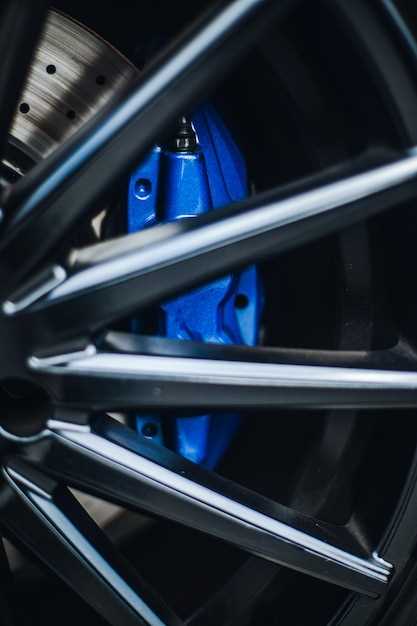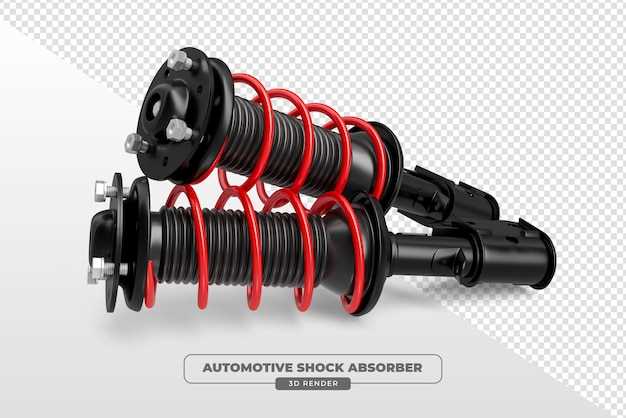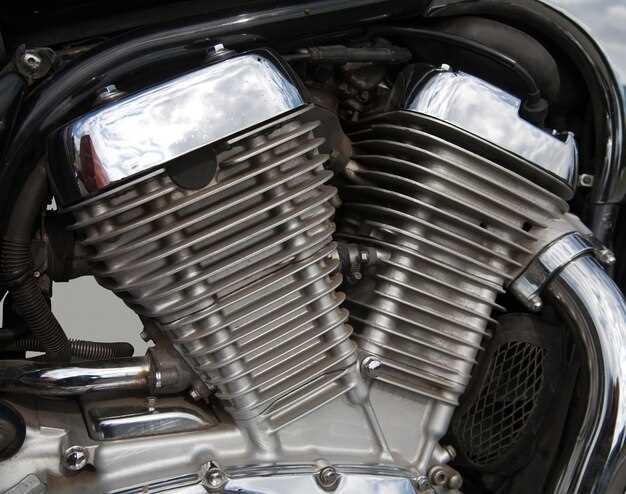
Many BMW enthusiasts seek to enhance their vehicle’s performance and sound by modifying the exhaust system. One popular modification is the resonator delete, which involves removing the resonator from the exhaust system to improve airflow and create a more aggressive sound profile. This guide provides a comprehensive overview of how to effectively install a resonator delete on your BMW.
The BMW resonator plays a crucial role in dampening unwanted noise and refining the exhaust tone, but some drivers opt for a more unfiltered sound that highlights their vehicle’s potential. By undertaking a resonator delete mod, you can not only elevate the auditory experience but may also gain a slight increase in horsepower due to reduced back pressure within the exhaust system. However, it’s essential to understand the implications of this modification, including potential legal considerations regarding emissions.
In this article, we will explore the necessary tools and parts required for the installation process, step-by-step instructions, and tips to ensure a successful resonator delete. Whether you’re a seasoned modder or a beginner looking to make your first modification, this guide aims to equip you with the knowledge needed to enhance your BMW’s exhaust system effectively.
Choosing the Right Tools and Materials for Your BMW Resonator Delete

Performing a resonator delete on your BMW can significantly enhance its exhaust sound and performance. However, having the right tools and materials is essential for a successful mod. Below is a comprehensive list of what you will need.
- Tools:
- Socket Set: A complete socket set will help you remove the existing resonator easily.
- Wrenches: Both metric and standard wrenches are necessary for loosening various bolts.
- Cutting Tool: A reciprocating saw or pipe cutter is effective for cutting exhaust pipes during the removal process.
- Jack and Jack Stands: These are crucial for lifting the vehicle and ensuring stability while you work underneath.
- Safety Glasses and Gloves: Always prioritize safety to protect your eyes and hands while performing modifications.
- Materials:
- Replacement Pipe: A straight pipe or a performance muffler can replace the resonator for better exhaust flow.
- Exhaust Hangers: New hangers may be required to support the new setup properly.
- Clamps: High-quality clamps will ensure a secure fit and prevent exhaust leaks.
- High-Temperature Sealant: Sealant can help in achieving a leak-free connection between pipes.
- Heat Shielding: Consider wrapping nearby components with heat shielding to prevent any damage from increased heat.
By ensuring you have the right tools and materials, you can make your BMW resonator delete a smooth and effective process. Always follow safety procedures and consult your vehicle’s manual for specific requirements.
Step-by-Step Installation Process for Your BMW Resonator Delete
Removing the resonator from your BMW can enhance the exhaust sound and reduce weight, providing a more aggressive tone. Follow this step-by-step guide to achieve a successful resonator delete mod.
Step 1: Gather Necessary Tools
Before you start, make sure you have the following tools:
- Socket set
- Wrenches
- Hacksaw or exhaust cutter
- Jack and jack stands
- Safety goggles
- Gloves
Step 2: Secure Your BMW
Park your BMW on a flat surface and use a jack to lift the rear of the vehicle. Place jack stands under the chassis to ensure safety before proceeding.
Step 3: Locate the Resonator
Identify the resonator in your exhaust system. It is typically located between the catalytic converter and the exhaust muffler. Familiarize yourself with its location to facilitate the removal process.
Step 4: Cut the Exhaust Pipes
Using a hacksaw or exhaust cutter, carefully cut the exhaust pipes on either side of the resonator. Ensure that you make clean cuts to facilitate proper sealing when installing the new exhaust section.
Step 5: Remove the Resonator
Once the pipes are cut, detach the resonator from the system. This may require some wiggling, as it may be slightly corroded or stuck. Be gentle to avoid damaging the surrounding pipes.
Step 6: Install a Straight Pipe
Take the straight pipe or a resonator delete pipe that matches the diameter of your existing exhaust. Align it with the pipe sections you previously cut and secure it using exhaust clamps. Make sure it’s tightly fitted to prevent any leaks.
Step 7: Check Alignment
Ensure that the new exhaust configuration is properly aligned. Double-check that there are no kinks or misalignments that could lead to excessive vibration or noise.
Step 8: Lower Your BMW
Carefully remove the jack stands and lower your BMW using the jack. Make sure everything is secure and properly fitted.
Step 9: Start the Engine
Start your BMW and listen to the new exhaust sound. Check for any leaks around the joints. If you notice any issues, address them by tightening the clamps or resealing the connections.
Step 10: Enjoy Your New Sound
With the resonator removed, enjoy the enhanced exhaust note and performance from your BMW mod. Remember to adhere to local laws regarding vehicle modifications, as noise regulations may apply.
Tips for Post-Installation Testing and Adjustments After Resonator Delete

After completing the resonator delete mod on your BMW, it’s important to conduct thorough testing and make necessary adjustments to ensure optimal performance and sound quality. Start by taking your vehicle for a test drive, paying attention to any changes in exhaust sound. Listen for deeper tones and increased volume, which are common after a resonator delete.
Next, monitor the engine’s performance during acceleration. A resonator delete can sometimes lead to an increase in back pressure, affecting throttle response. If you notice any lag or unusual engine behavior, revisit the installation to check for proper fitting and secure connections.
Keep an eye on the check engine light after performing the delete. If it activates, it may indicate issues related to airflow or exhaust flow sensors. Use a diagnostic tool to read any error codes, and make necessary adjustments to avoid long-term engine problems.
Additionally, evaluate the overall exhaust setup for any potential leaks. Inspect all joints and connections, as improper sealing can lead to unwanted noise and performance issues. Tightening clamps and ensuring a secure fit can often resolve these concerns.
Lastly, consider making adjustments to the vehicle’s tuning if required. Enhanced airflow from the resonator delete may necessitate an ECU remap to achieve the best performance gains while maintaining reliability.



